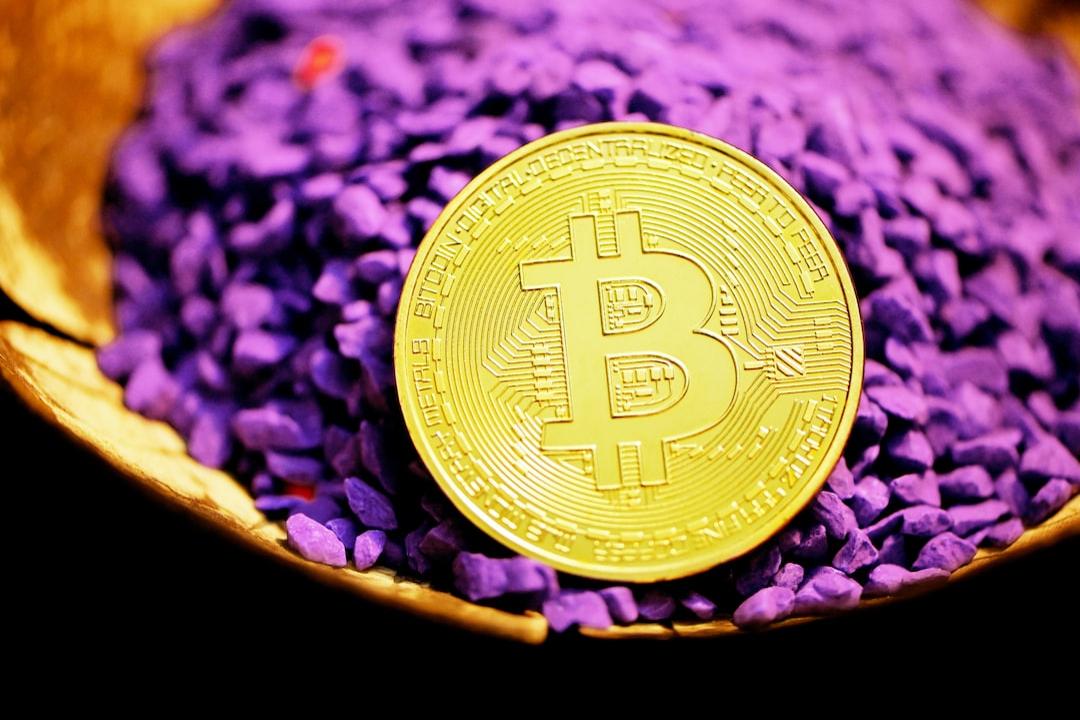The supply of Ether (ETH) has stopped deflating after the implementation of Ethereum’s highly anticipated Dencun upgrade two months ago. According to data from CryptoQuant, the total supply of Ether increased from 120 million on March 12 to 120.1 million on May 7, following the rollout of the Dencun upgrade on the mainnet. Although this is a small increase, it is the first time since September 2022, when Ethereum transitioned to its proof-of-stake consensus model, that the supply of Ether has become inflationary.
Ether’s temporary loss of its deflationary status is not considered critical for the Ethereum network, as its main benefits are more related to decentralized applications (DApps), according to Ki Young Ju, the founder and CEO of Cryptoquant. In a post on May 9, Ju stated that the DApps are the main focus and the supply dynamics of Ether are not as significant.
The deflationary status of Ether first occurred after the implementation of the Merge on September 15, 2022. This introduced a mechanism that permanently burned transaction fees on the network, resulting in a decrease in the supply of Ether. According to ultrasound.money, over 419,713 Ether tokens have been burned or permanently removed from circulation since the Merge.
The Dencun upgrade has ended Ether’s streak of inflation by reducing median transaction fees up to four times compared to before, while maintaining the same level of network activity. Although this is a significant step for the Ethereum network and its users, it could potentially diminish Ether’s status as ultra-sound money, as stated in a report by CryptoQuant on May 8. The decrease in transaction fees has led to a decline in the amount of Ether being burned, reaching its lowest levels since the Merge, while the supply growth has increased to its highest level since the upgrade.
Related:
– Dencun is a significant milestone towards mass adoption, according to Metis CEO
– The potential decline of “ultra sound” money
– VanEck subsidiary’s memecoin index has seen a 137% increase year-to-date.

